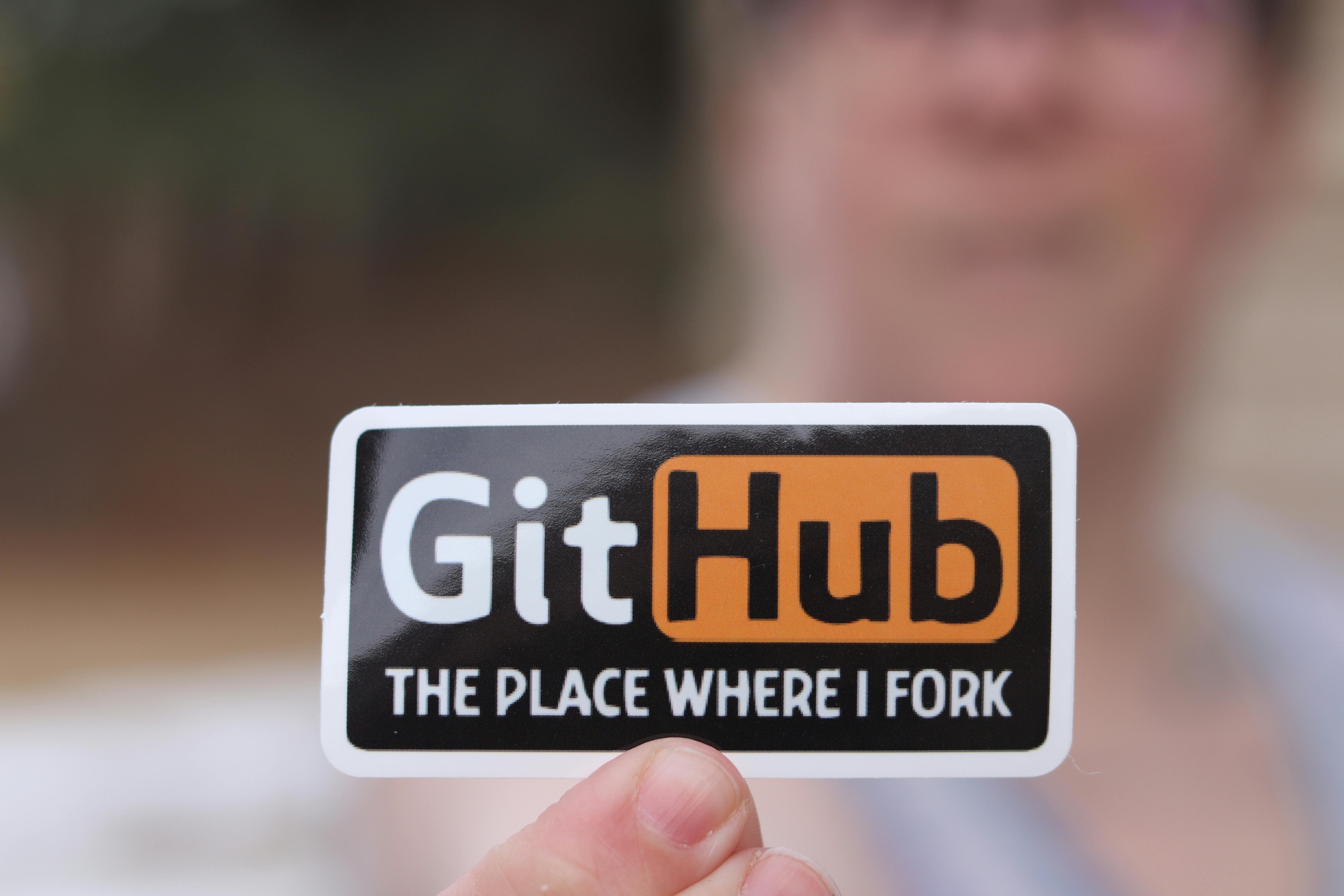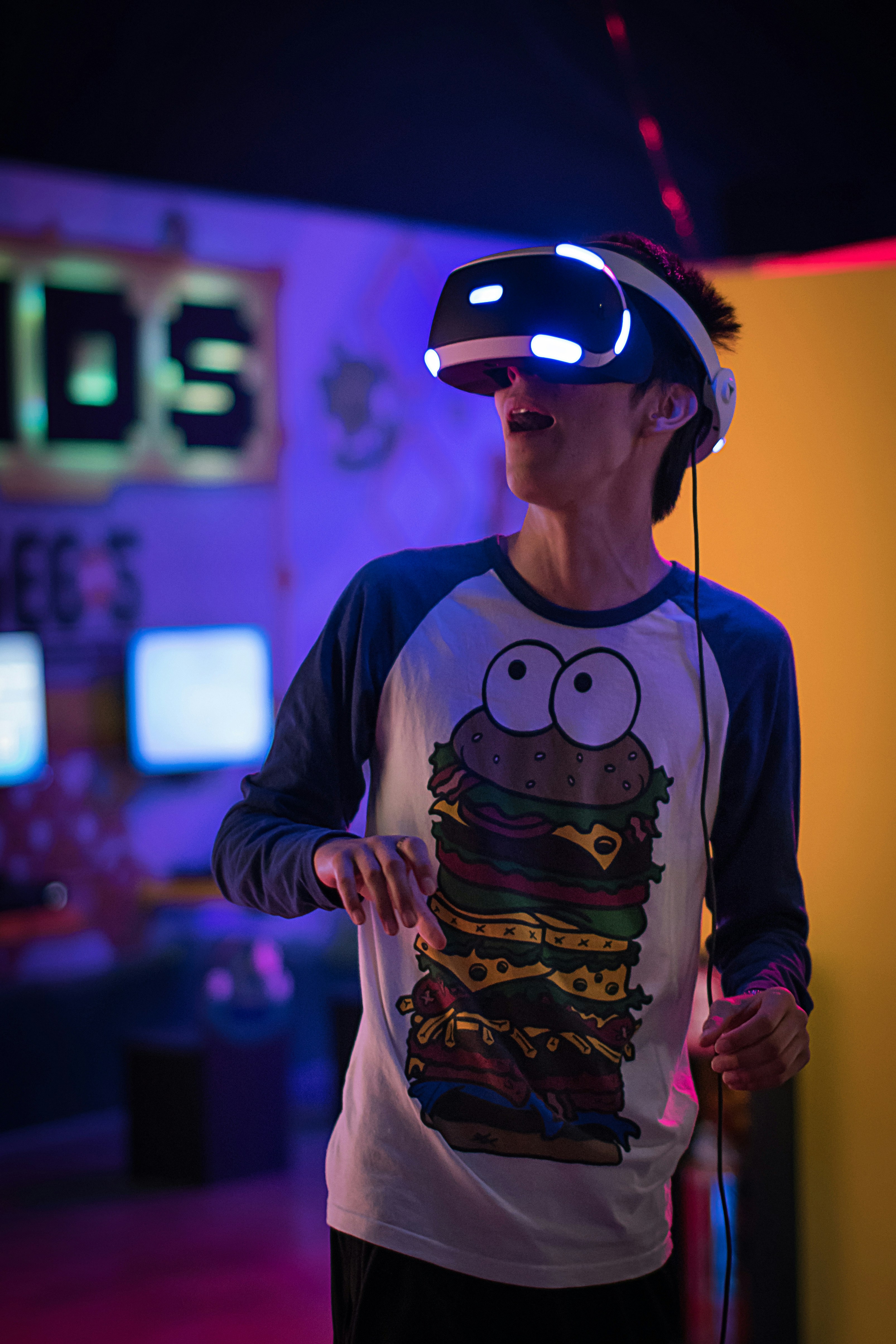AI Undresser: Technology, Ethics, and the Dark Side of AI
In the ever-evolving landscape of artificial intelligence, innovations continue to emerge at an unprecedented rate. Among them is the controversial and highly debated phenomenon known as the AI undresser. This tool, often powered by deepfake or generative adversarial networks (GANs), can digitally remove clothing from images of people. While some may see it as a novelty or curiosity, the implications stretch far beyond mere technology—they touch on ethics, legality, and privacy rights.
What is an AI Undresser?
An AI undresser is an application or tool that uses artificial intelligence to generate a “nude” version of a clothed person’s image. It uses deep learning algorithms trained on thousands of image datasets to simulate what a person might look like without clothing. These tools typically use Generative Adversarial Networks (GANs) to create highly realistic results.

How It Works
AI undressers typically follow these steps:
- Image Input: A user uploads a photo of a clothed person.
- Data Mapping: The AI references its training data and matches body shapes, textures, and contours.
- Simulation: Using deepfake or GANs, the AI generates a simulated nude image.
- Rendering: The final image is produced, often with photorealistic effects.
Example of GAN-based Image Synthesis

Why Is This a Problem?
At first glance, AI undressers may seem like a technological novelty, but their use raises serious ethical and legal concerns. These tools can be exploited for non-consensual pornography, cyberbullying, and reputation damage.
Key Ethical Issues
- Consent: Most people targeted by AI undressers have never consented to the use of their images.
- Dehumanization: Reducing a person to their physical appearance without consent is objectifying and harmful.
- Psychological Harm: Victims often experience anxiety, depression, and trauma.
Legal Challenges
Many jurisdictions do not yet have laws that explicitly address AI-generated nudity or deepfakes. However, several countries are rapidly updating legislation to include:
- Cybercrime Regulations
- Privacy Protection Laws
- Sexual Harassment and Exploitation Acts
AI Undresser in the Context of AI Evolution

The Rise of Deepfake Technology
AI undressers are part of a broader category of deepfake technologies. Deepfakes can mimic voices, generate faces, and now simulate bodies—all with increasing accuracy.
What Makes This Different?
Unlike harmless image editing apps or generative art tools, AI undressers specifically target the intimate representation of individuals without their consent. This makes them significantly more dangerous in misuse potential.
AI Undresser Tools: Are They Even Legal?
Currently, AI undressers often operate in legal grey areas. Some tools are hosted anonymously on the dark web or distributed via peer-to-peer platforms. However, major web hosting services and tech companies are increasingly cracking down on such platforms.
Major Crackdowns
- GitHub Bans Repositories linked to non-consensual AI image tools.
- Google Search De-indexing of websites promoting these tools.
- Reddit and Discord Policy Updates to ban AI nudification content.
What Can Be Done to Prevent Abuse?

Technological Solutions
- Watermarking AI-generated images to detect authenticity
- Image Authentication Tools to verify if an image is AI-generated
- Metadata Encryption in camera and editing tools
Legal Reforms
Governments can enforce:
- Mandatory consent laws for all AI-modified media
- Criminal charges for AI deepfake pornographers
- Privacy laws that include biometric data protection
FAQ About AI Undresser Tools
1. Is using an AI undresser tool illegal?
In most jurisdictions, it is illegal to use AI tools to create non-consensual sexual images. Even if the laws are not specific, these actions often fall under cybercrime or harassment statutes.
2. Can I get in trouble for downloading or sharing such tools?
Yes. Distributing or even possessing non-consensual deepfake content can result in legal penalties including jail time, depending on local laws.
3. Are there any legitimate uses for AI nudification tools?
Some researchers argue that medical simulations or artistic projects could benefit from similar technology. However, the line between ethical use and exploitation is thin and rarely navigated properly.
4. How can someone protect themselves online from AI undressing?
- Avoid sharing high-resolution personal photos online.
- Use reverse image search to track if your images are being used improperly.
- Report AI undresser tools and sites to proper authorities.
Conclusion
The development of AI undressers is a stark reminder that not all innovations are inherently positive. While AI has brought many advancements, tools like this showcase the dark potential of technology when ethics are ignored. The road forward requires a multi-faceted approach: legal reforms, responsible AI development, public awareness, and strong personal cybersecurity.

If you believe in ethical AI development, here’s what you can do:
- Report unethical AI tools or content.
- Support AI policies that protect individual rights.
- Educate others about the risks of AI misuse.
Share this article with your network to raise awareness and keep the conversation going about AI ethics and privacy protection.

Post a Comment